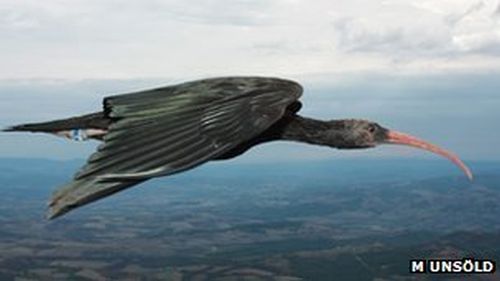Many species of birds have been flying in a V shaped formation. Reason behind this formation was not known and was thought to be helping birds save energy during their journeys. This V formation was typical for certain species of migratory birds such as cranes, pelicans, ibises and geese flying for thousands of kilometers, saving energy while flying would make huge difference for these birds.
Aerodynamic theory suggests that the birds while flying in a formation can save energy by fine-tuning their position and rate of flapping. Steven Portugal and his team from the Royal Veterinary Collage in London observed the fine adjustments in position and speed of flapping during flight.
While flying, birds often generates whirlpool of air behind them called vortices. These vortices pushes air in two opposite directions- the gush of air going upwards is known as upwash and the other going down is called downwash. The flying birds should avoid Downwash in order to have high efficiency. The birds need to adjust their time of flapping to capture as much upwash as possible, formed by the birds ahead of it. By flapping the wings for less number of times, relaxes the birds muscles and even the bird’s heart rate drops. And so these birds can fly long distances without getting tired.
The researchers conducted the study by planting GPS devices on 14 bald ibises. The information thus gathered gave scientists vital information about the ibises positioning during the V formations as well as the speed of flapping. Steve and his team found that the ibises time their flapping to harness the advantages from the upwash air and averting downwash and thus achieving paramount proficiency.
However, the researchers have yet to understand how these birds are capable to sense and anticipate such minor changes in the air turbulence. We have a long way to go before we can understand the various sensory intelligence of the birds. This could be also useful for the aircrafts while flying together. Nevertheless it is amazing to see how these birds hanging in mid air, can do precise calculations regrading the distance and flapping cycles of the flock-mate flying ahead of them.
Source: BBC News





